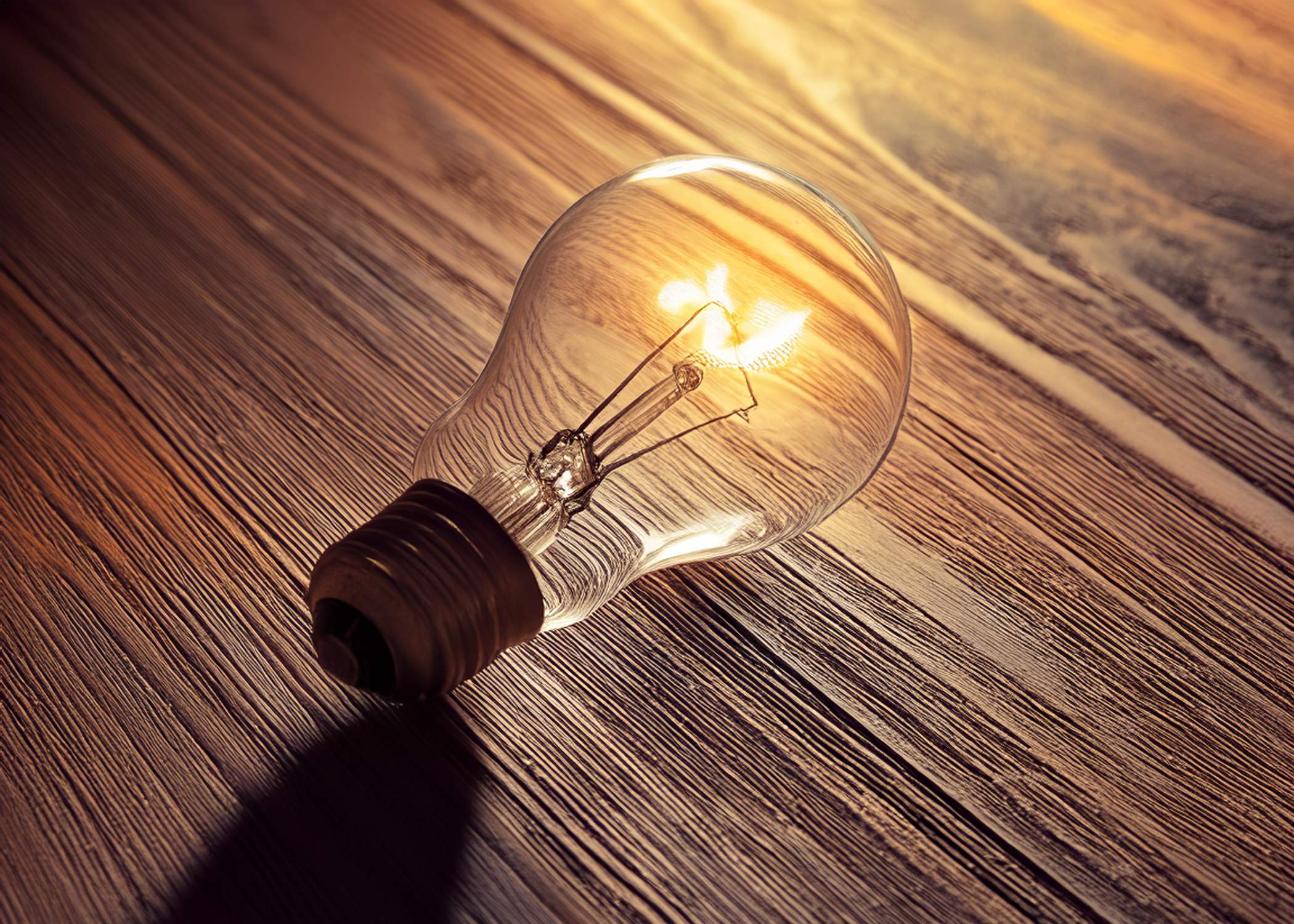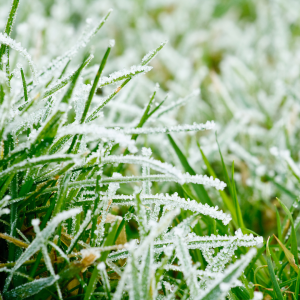When choosing the right light bulb for your lamp or fixture, the primary concern should be the wattage, not the physical size of the bulb. This ensures safety by preventing the risk of fire due to overheating. Here’s a comprehensive guide on understanding what size light bulb you can safely use.
Why This Is Important
Many light fixtures have a maximum wattage rating. Exceeding this wattage can overheat the wiring and components, leading to potential fire hazards. Modern fixtures typically have labels indicating the maximum wattage, but older fixtures may not. It’s crucial to understand and adhere to these limits.
Understanding Wattage Limits
Heat Tolerance of Wiring
- Modern Fixtures: Wiring is usually rated to handle up to 90 degrees Celsius (194 degrees Fahrenheit).
- Older Fixtures: Wiring might only handle up to 60 degrees Celsius (140 degrees Fahrenheit).
Socket Material
- Ceramic Sockets: Can typically handle 250 to 300 watts.
- Plastic or Paper-Insulated Sockets: Usually rated for 60 to 75 watts.
How to Determine Safe Wattage
Check for Labels: Modern fixtures are required to have a label indicating the maximum wattage, visible inside the fixture when the bulb is removed.
Assume Lower Limits for Older Fixtures: If there’s no label, it’s safer to assume the fixture has a lower heat tolerance. Stick to bulbs that generate less heat.
General Assumptions and Rules of Thumb
The safe wattage of a fixture depends on three factors:
- Heat Generation: Different types of bulbs generate different amounts of heat.
- Heat Tolerance of Wiring: The type of wiring in your fixture.
- Fixture Enclosure: How enclosed the fixture is can affect heat dissipation.
Open Fixtures
- Table Lamps and Floor Lamps: Typically have high wattage limits, especially if the shade is open on top.
- Pendant Lights and Wall Sconces: Often have higher wattage limits if open.
Enclosed Fixtures
- Flush-Mount Fixtures: More restrictive, especially closed ones.
- Recessed Fixtures: Highly restrictive due to lack of airflow for heat dissipation.
Bulb Types and Heat Emission
- LEDs: Emit the least heat and are the safest for all fixtures.
- Fluorescent (including CFLs): Cool-running, but warmer than LEDs.
- Incandescent: Generate more heat.
- Halogens: A type of incandescent that emits the most heat.
The “Incandescent Equivalent” Rating
Ignore the incandescent equivalent rating on newer technology bulbs like CFLs and LEDs. This rating refers to light output, not power usage. Focus on the actual wattage the bulb uses, which is crucial for determining if it’s safe for your fixture.
Bottom Line
- Follow Label Instructions: Always use bulbs that do not exceed the fixture’s maximum wattage rating.
- Err on the Side of Caution: If there’s no rating label, especially in older fixtures, opt for lower-wattage bulbs.
- Consider Heat Emission: LEDs are the safest option due to their low heat emission.
By adhering to these guidelines, you can safely choose the right light bulb for your fixture, ensuring both efficiency and safety in your home.




